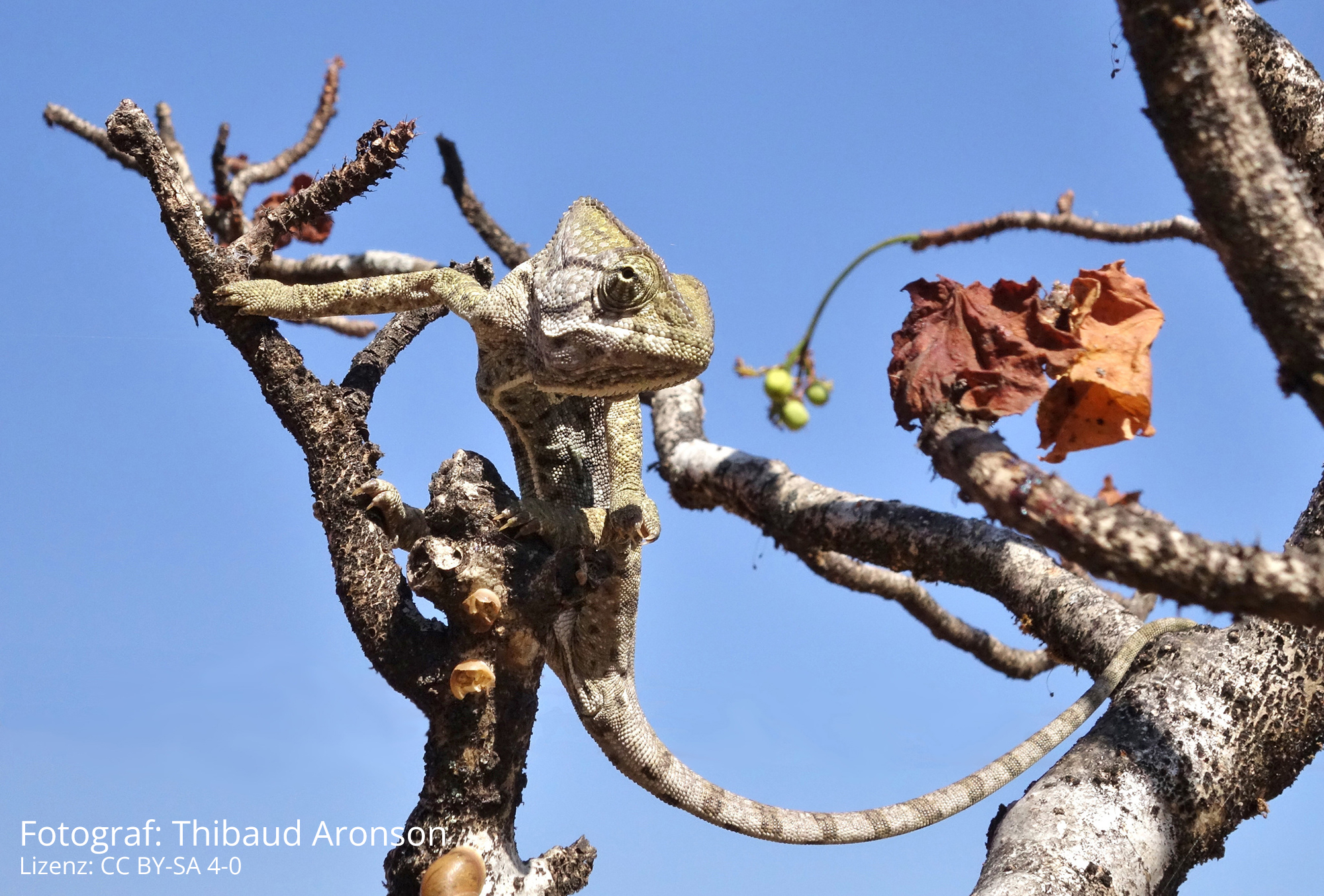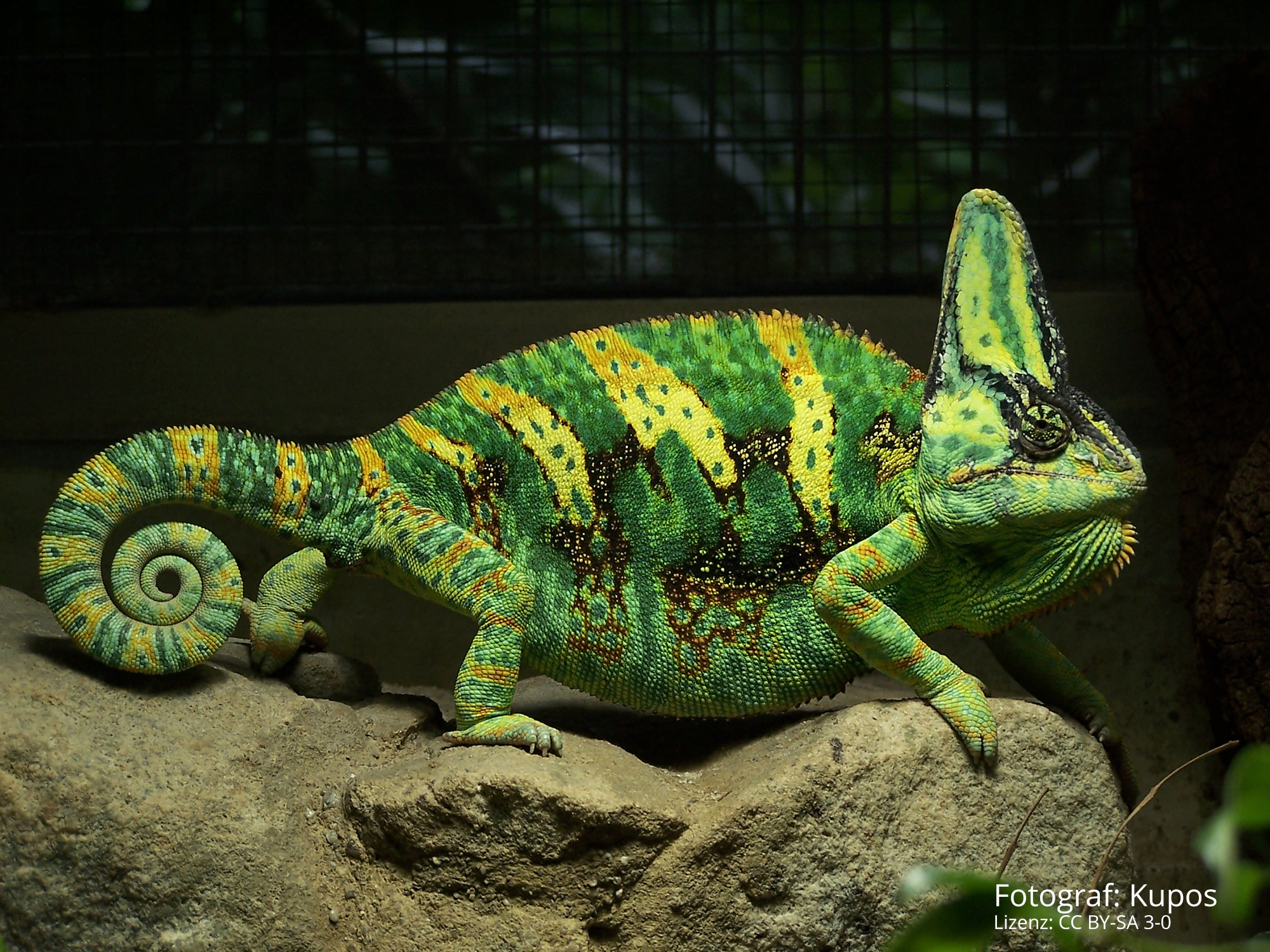On Friday, 7 June 2024, the ‘AG veteran’ Wolfgang Schmidt will give an illustrated lecture on Socotra in Bergkamen near Dortmund. He will report on a trip to the island in the Indian Ocean. Socotra officially belongs to Yemen, but has been ruled by the United Arab Emirates since 2018. The island is also known as the ‘Galapagos of the Indian Ocean’ because its centuries of isolation as an island have allowed a unique flora and fauna to develop. Over a third of the plant species found there are endemic, and the number of amphibians and reptiles is likely to be even higher. Between dragon trees and the largest coastal dunes in the world, there are many exciting herpetological observations, including chameleons.
Wolfgang Schmidt Socotra [German!]
DGHT City Group Dortmund
Restaurant Olympia
Im Alten Dorf 2
59192 Bergkamen
Lecture starts at 7.30 pm




